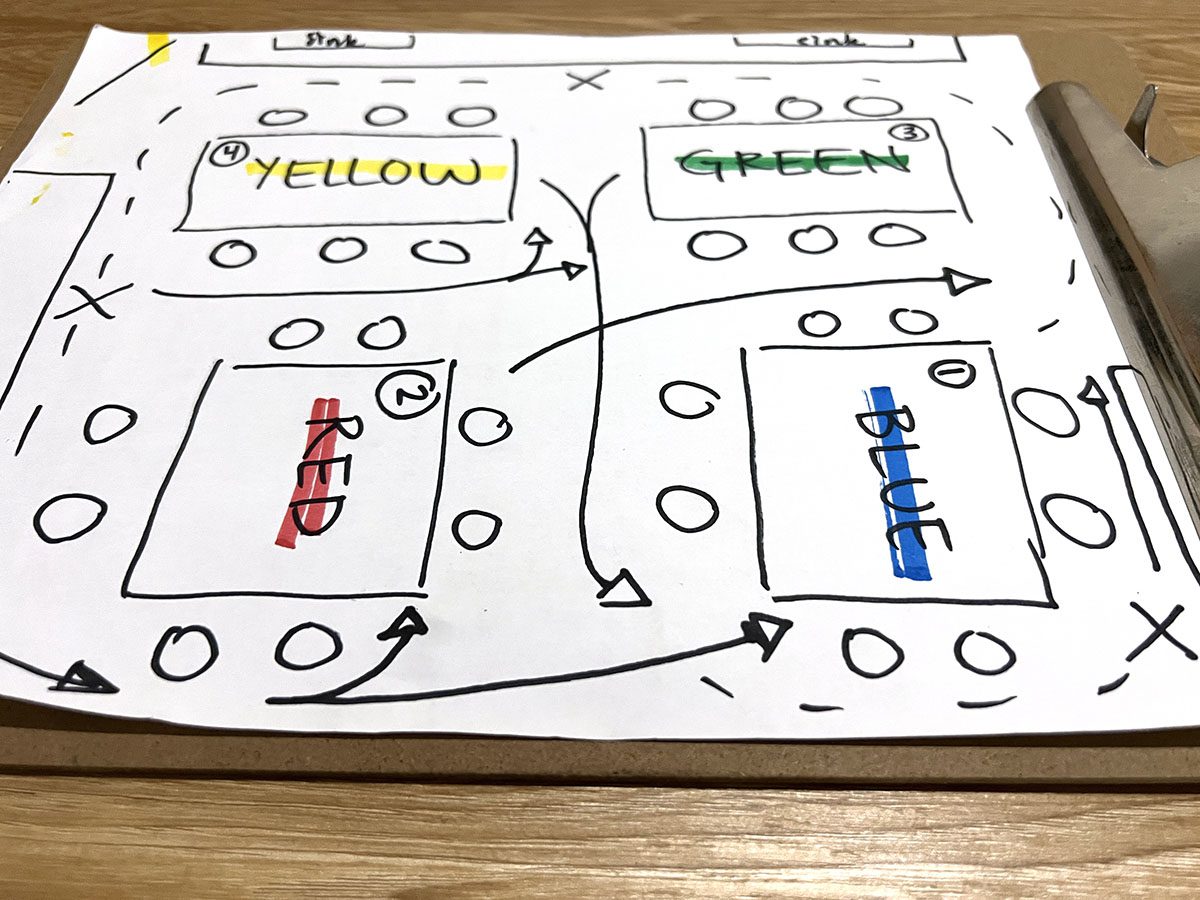Bring it in, bring it in, art teacher friends! How much time have you spent considering the integration of art and sports? You may think they are diametrically opposed, but you have more in common with a coach than you think.
Artists improve through repeated skill practice, just like athletes. Caitlyn Thompson, or Coach T as her artists call her, says she “help[s] kids build art muscles 40 minutes at a time.” You build skills by coaching little artists! Transfer the skills you’ve practiced in the art room onto the court to win big and consider the benefits of coaching a school team this semester.
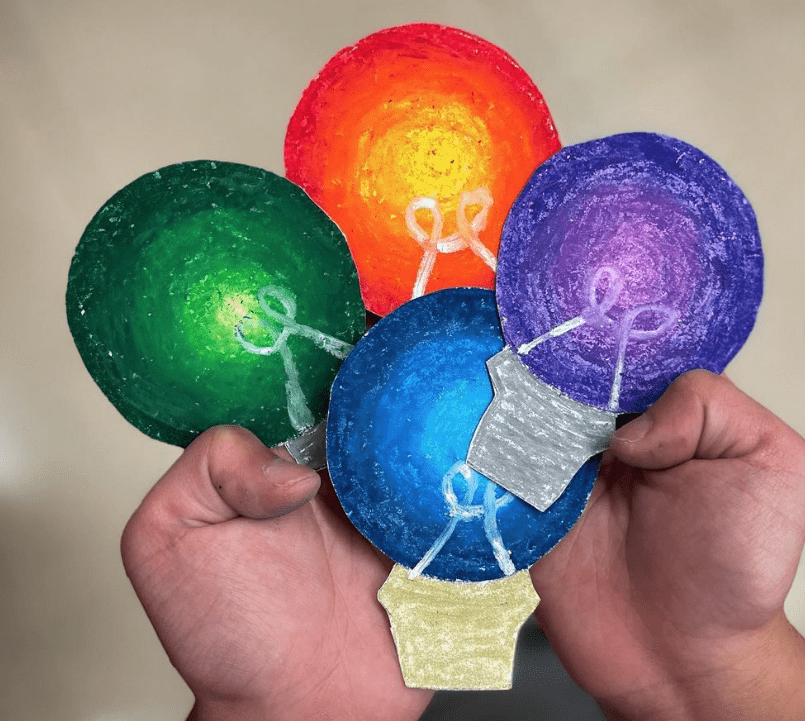
Here are some benefits of coaching at your school:
- Deepens rapport with your students.
- Develops multi-dimensional relationships.
- Connects with challenging students.
- Contributes to school morale and culture.
- Practices risk-taking by trying something new.
These art teacher skills make you the perfect candidate for Coach of the Year. So step out of the art room and onto the field with confidence!
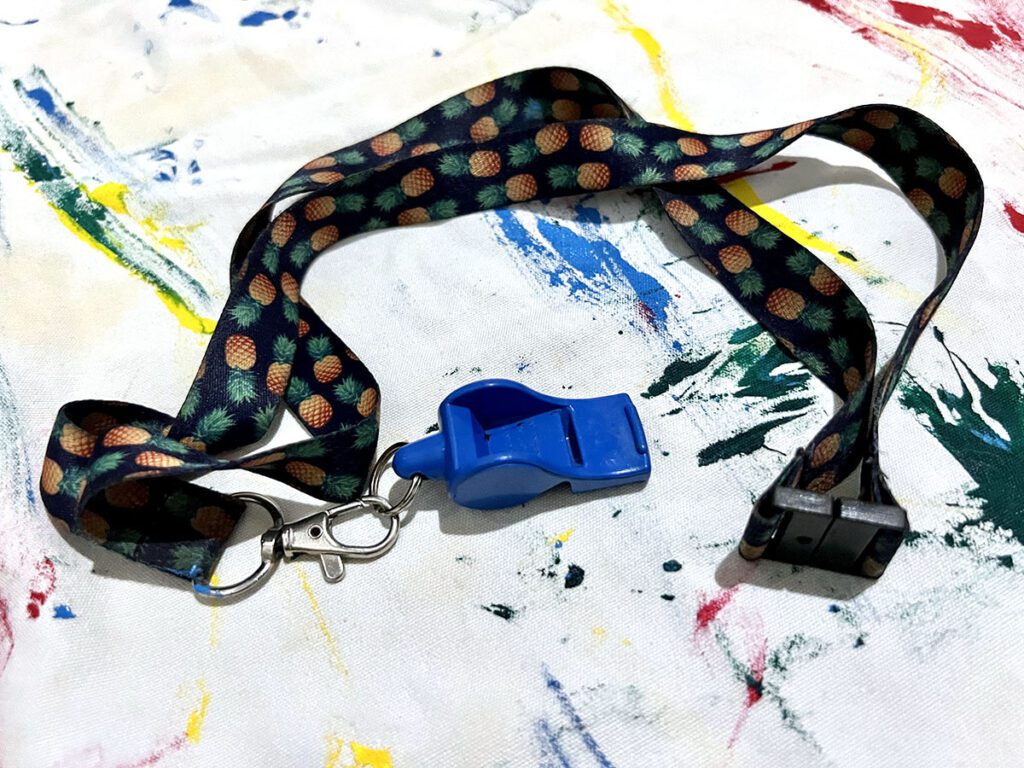
1. Your ability to tie life skills to any activity is tried and true.
Art class is more than a place of discovery and imagination. Making art takes discipline, grit, and a certain degree of failure. Like athletes, your students build art muscles one class period at a time. Creativity, collaboration, communication, and problem-solving weave with endurance skills in every artmaking experience. The more you reinforce these life lessons, the more they will stick with your students on the field or in the studio.
For more on embracing failure, watch the Growth Mindset in the Art Room Pack in PRO Learning.
2. Your connection and relationships with students span grades.
Chances are you have seen most, if not all, of the students in your school. Through creating together, you have put in the hours to build relationships in every grade. These connections are invaluable when it comes to coaching. Instead of starting from ground zero, you already have a foundation for your essential coach-player bond. Coaching teams with multiple age and grade ranges are a breeze!
If you need to brush up on this skill, pull some tips from 9 Strategies to Build Rapport With Your Students From the Start.
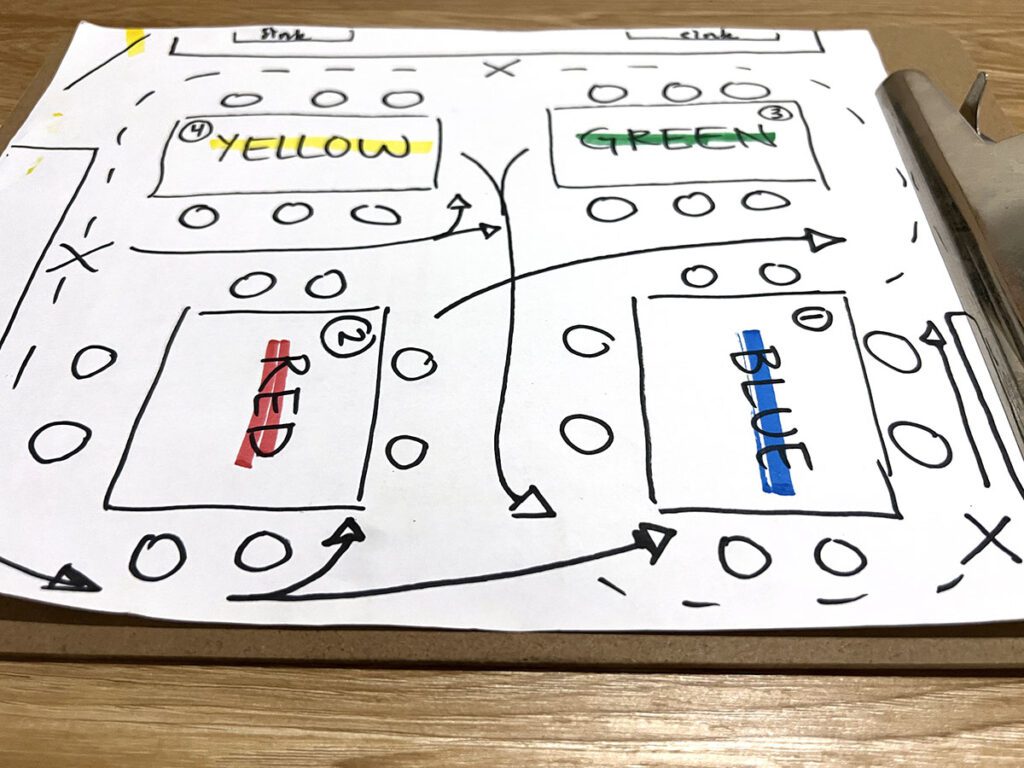
3. You have strategic planning practice from running an art room.
At this point, you have mapped out material collection strategies and planned project flow more times than you care to count. All of the strategic thinking that goes into preparing and executing practical, efficient art lessons translates well to coaching. It is similar to visualizing a field or court and determining how athletes move around it. Since you’re already a pro at strategic planning in the art room, taking it onto the court will come quickly.
4. You give feedback in constructive ways.
Every art critique you have facilitated has developed your ability to give beneficial feedback. In the art room, giving advice and praise in equal measure encourages and uplifts your artists. In sports practice, it is no different. Remember to be specific, prompt, mindful, and inclusive whether you are acting as an art teacher or coach.
If you need some additional pointers, review The Art of Giving Meaningful Student Feedback.
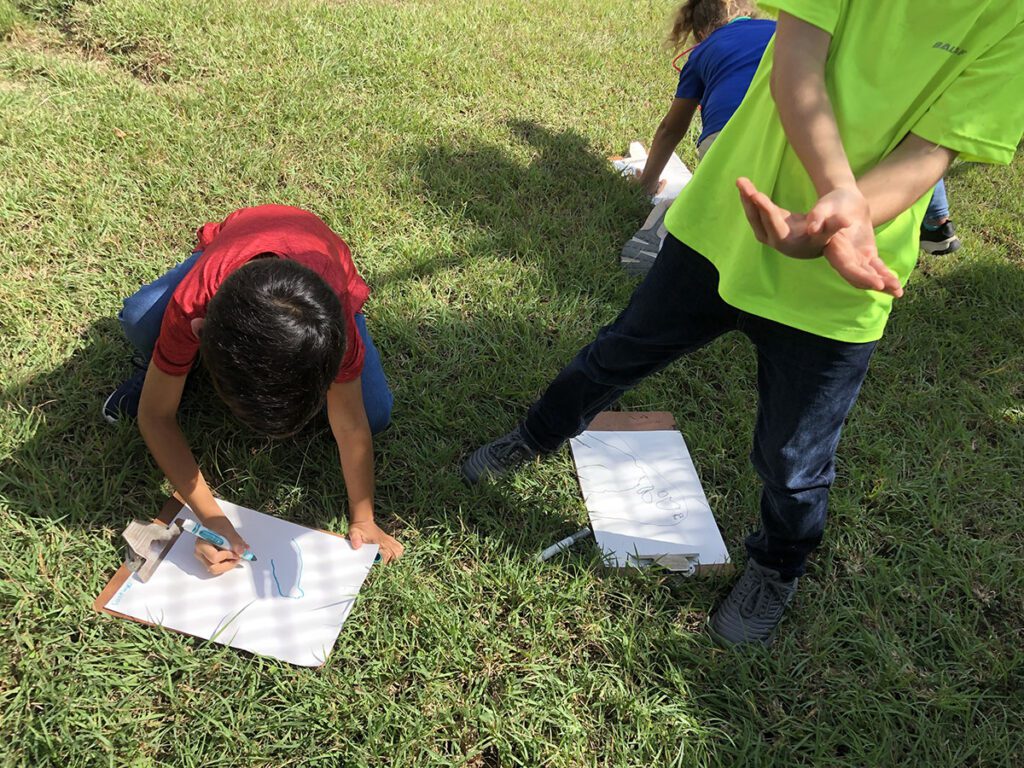
5. Your powers of observation will quickly catch skills to improve.
How many hours have you spent honing your students’ observational skills? Whether managing a busy art room or drawing from observation, you have trained your eye to give you necessary information. It’s time to practice what you’ve been preaching and show off your keen eye to spot individual improvement areas.
6. You know how to get creative when it comes to motivation.
Discouragement is a creativity killer. When your artists face challenges or make “mistakes,” it can be hard to keep going. Athletes experience similar disappointment when they face defeat. Since you’ve dealt with this a time or two, you know that the best recipe for disillusionment is to push through. You may even have a speech prepared to raise your students’ spirits on such occasions. Let them know what they are doing well and encourage them to get back to it!
If you need some helpful reminders, take a look at 5 Ways to Keep Students Motivated Right Now.

7. Your flexibility and adaptability help you pivot with ease.
You and your students constantly run into artistic challenges in the artmaking process. When the vision in your head doesn’t match what you can do or the materials available, you come up with creative solutions. This skill is handy for making game-time decisions and changing practices to fit your team’s needs. Your ability to change course provides a low-stress environment for your athletes.
Art and sports have more cross-over than you realize. It’s not that far-fetched to think of yourself as a coach, whether working with a team on the field or little artists in the studio. Your strategic planning, constructive feedback, and creative motivation help instill the life skills students need to be successful in any context. So get your game on because your team needs you!
How will you be using your coaching skills this school year?
What other coaching expertise are you proud of?
Magazine articles and podcasts are opinions of professional education contributors and do not necessarily represent the position of the Art of Education University (AOEU) or its academic offerings. Contributors use terms in the way they are most often talked about in the scope of their educational experiences.
